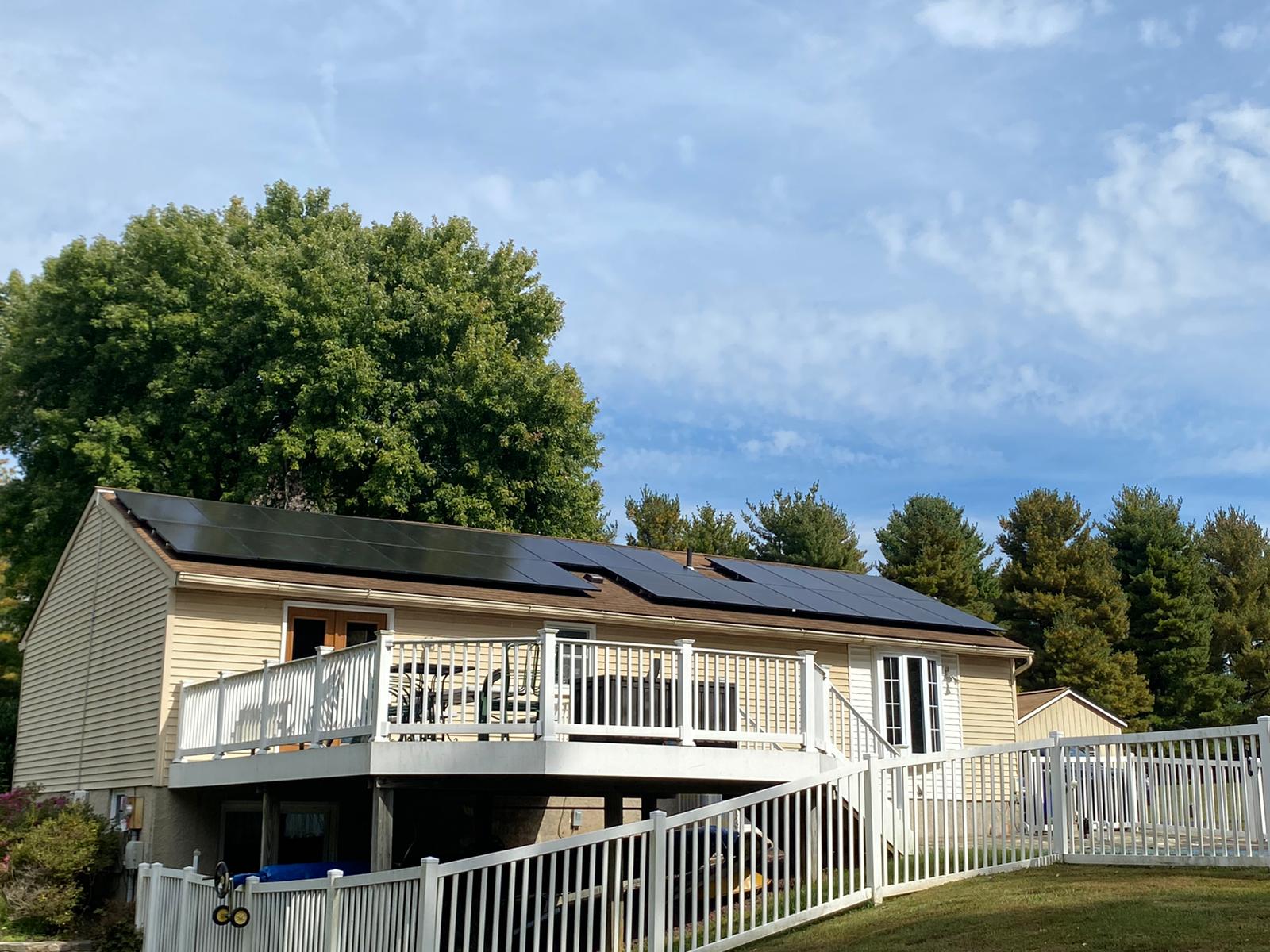According to new research by the National Renewable Energy Laboratory (NREL), the installation of roof-integrated solar systems takes 44% less time as compared to standard systems. However, the installation time for roof-integrated photovoltaic (RIPV) systems is still comparable to standard solar systems. For retrofit RIPV projects, the installation time is higher due to complex installation process.
Additionally, investing in BIPV, during the retrofitting of roofing, siding, or windows can reduce the need for separate solar equipment. However, the installation cost for roof-integrated solar tends to be higher than standard solar systems.
To understand why the cost remains higher, NREL conducted time-motion studies at various RIPV residential installation sites. The research compared the installation time for both roof-integrated solar and standard residential solar systems.
According to the study, in the United States, 32% of the installation costs are attributed to racking and mounting, 32% to electrical work, 20% to meals, breaks, cleanup, and delays, and 16% to travel and installation. Overall, the study found that solar system installations required an average of 6.9 work hours per kilowatt (kW).
The Installation Process of Roof-Integrated Solar System by NREL:
NREL outlined a four-step process for the installation of roof-integrated solar systems. The first step involves pre-installation tasks such as staging, unloading equipment, and preparing the roof. The second step involves placing fire-resistant underlayment beneath the solar modules, which is typically handled by roofing material companies. The third step involves installing flashings and solar modules to ensure a secure and watertight connection. Finally, the installation of wiring and monitoring equipment takes place.
The most time-consuming step in the entire process is the installation of flashings and solar modules. This can take about 2.4 work hours per kW and accounted for 60% of the installation time.
According to the NREL researchers, normalizing retrofit roof-integrated solar projects in the installation process can help speed up the overall installation time. The main reason for delays in the installation process is the lack of stock and limited product availability.
NREL also studied solar installations on new rooftops. According to the research, these projects required a total of 13.2 work hours to install an average of 3.4 kilowatts direct current of solar. This time frame was notably 45% less than the 6.9 labor hours per kW for a typical retrofit installation.
Oddly shaped roofs and vents can pose challenges for solar designers. However, aligning the dimensions of roofing materials with solar components can increase solar module coverage on the rooftop, thereby reducing the need for on-site customization.
In conclusion, installations on a single roofing plane are less time-consuming. Additionally, electrical work on homes with bare frames is much quicker and easier as compared to retrofit projects.

